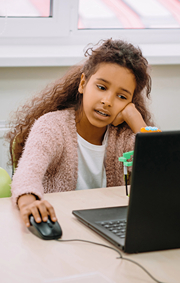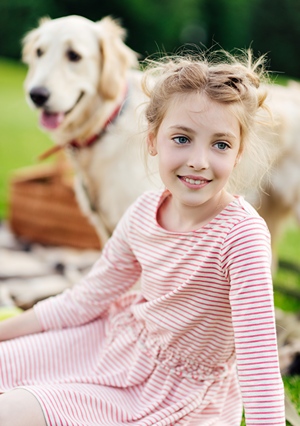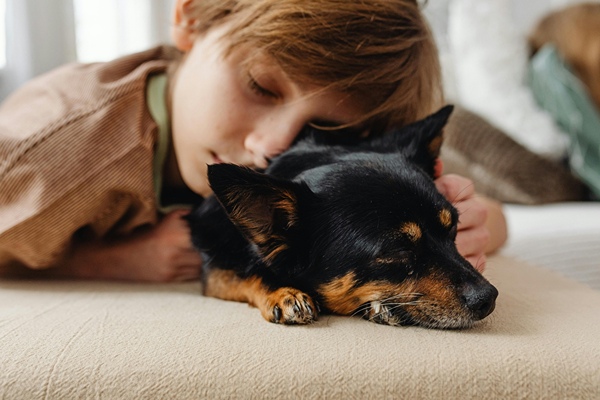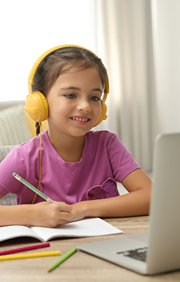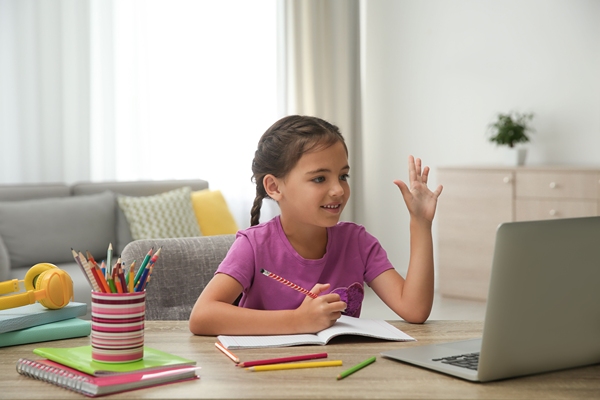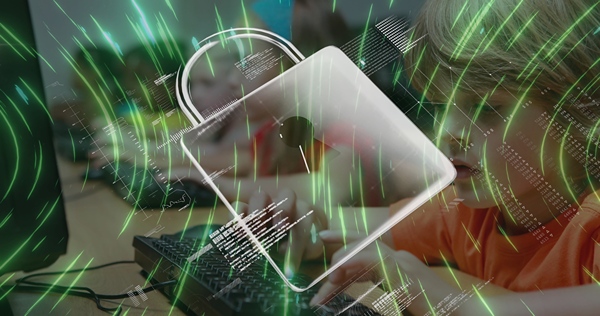What Parents Need to Know About Roblox
Is Roblox Safe for Kids? Are you wondering if Roblox is a safe platform for your child? With over 70 million daily users, Roblox is one of the most popular gaming platforms worldwide. However, the platform’s openness to user-generated content can expose children to inappropriate material, cyberbullying, and online predators.
While many experiences on Roblox are safe and educational, there are risks that every parent should be aware of.
What is Roblox?
Roblox is an online gaming platform where users can create and play games designed by others. It’s a vast virtual playground that allows children to explore and interact with others, making it similar to games like Minecraft. Available on various devices, including smartphones, PCs, and gaming consoles, Roblox has become a favorite among kids, especially those under 13.
The key feature of Roblox is user-generated content. Players create their own games and share them with others, leading to a wide variety of experiences available on the platform. While this creativity is a positive aspect, it also means that not all content is appropriate for children.
The Risks of Letting Your Child Play Roblox
Letting your child play Roblox comes with certain risks. The biggest concerns include exposure to inappropriate content, cyberbullying, and online predators. Some users create “condo” games that feature adult content such as violence, profanity, and sexual imagery. These games can be accessed by anyone on the platform, including children.
Cyberbullying is another major issue on Roblox. The platform’s chat features can expose children to harmful interactions with other users. Predators can also take advantage of these chat features to engage with children inappropriately, potentially leading them into private conversations on other platforms.
In addition, scammers and hackers pose significant risks on Roblox. They often target children to steal their virtual currency (Robux) or gain access to their accounts. Some scams involve phishing attempts, while others involve malware that can compromise a child’s device.
Does Roblox Have Age Limits?
Roblox includes age recommendations for all content on its platform. The age categories are:
- All ages: Suitable for everyone, with mild violence or unrealistic blood.
- 9+: Suitable for those aged nine and older, with mild violence or heavy unrealistic blood.
- 13+: Suitable for those aged 13 and older, with serious violence and small amounts of realistic blood.
- 17+: Suitable for players over the age of 17, including strong violence, realistic blood, and moderate crude humor.
However, Roblox does not enforce strict age verification checks. This means that a child can easily access content that may not be appropriate for their age, even if their account is set with a younger age.
How to Keep Your Child Safe on Roblox

Photo by Oberon Copeland @veryinformed.com on Unsplash
Keeping your child safe on Roblox requires a proactive approach. Here are some important steps you can take:
1. Use Safe Gaming Tools:
Roblox has built-in parental control tools that allow parents to monitor their children’s in-game conversations. By reviewing chat histories, you can monitor your child’s interactions to ensure they are not being exposed to harmful content.
2. Protect Personal Information
Children often don’t realize the dangers of sharing personal information online. Teach your child never to share personal details, such as their real name or location, with strangers on Roblox. Additionally, consider using a VPN Chrome extension on their browser. This can protect their IP address and location, making it harder for predators to track their online activities. It’s an easy way to enhance your child’s privacy while they browse the web and play games.
3. Set Up a Parent PIN
A Parent PIN locks access to your child’s account settings. This prevents your child from changing privacy settings or making unauthorized purchases.
4. Enable “Allowed Experiences” Controls
Parents can manage the type of content their children can access by setting up Allowed Experiences controls. This feature allows you to block specific games or features based on your child’s age.
5. Monitor Voice Chat
Roblox’s proximity-based voice chat feature can expose children to inappropriate conversations. Ensure the console is in a communal area and consider a “no headphones” rule so you can hear what your child is exposed to during gameplay.
6. Use Antivirus Software
Protecting your devices with antivirus software adds another layer of security. Antivirus can prevent malware.
Robux and In-Game Purchases
Robux is Roblox’s in-game currency, and it can be used to purchase virtual items and upgrades. While Robux is optional, many children want to buy it to enhance their gaming experience. It’s essential to monitor spending and set parental controls to prevent unauthorized purchases.
Frequently Asked Questions (FAQs)
Is Roblox appropriate for my child?
Roblox can be appropriate for children if proper safety measures are in place. It’s important to monitor the games they play and set age-appropriate restrictions.How can I control what my child sees on Roblox?
You can control what your child sees on Roblox by enabling Account Restrictions and Allowed Experiences controls.What should I do if my child encounters inappropriate content?
If your child encounters inappropriate content, instruct them to report it immediately using the “Report Abuse” feature. You should also review their account settings and discuss the importance of online safety.Can my child make real money on Roblox?
Yes, it’s possible for users 13 and older to earn money by creating popular games or items on Roblox. However, this requires significant effort and understanding of the platform.Are there any built-in parental controls on Roblox?
Yes, Roblox has built-in parental controls that allow you to monitor and restrict your child’s interactions, spending, and access to content. These tools can help you ensure your child’s safety while playing the game.
Roblox can be a fun, educational, and creative platform for kids, but it’s essential to stay involved and monitor their activities. With the right precautions, you can help your child enjoy Roblox safely.

